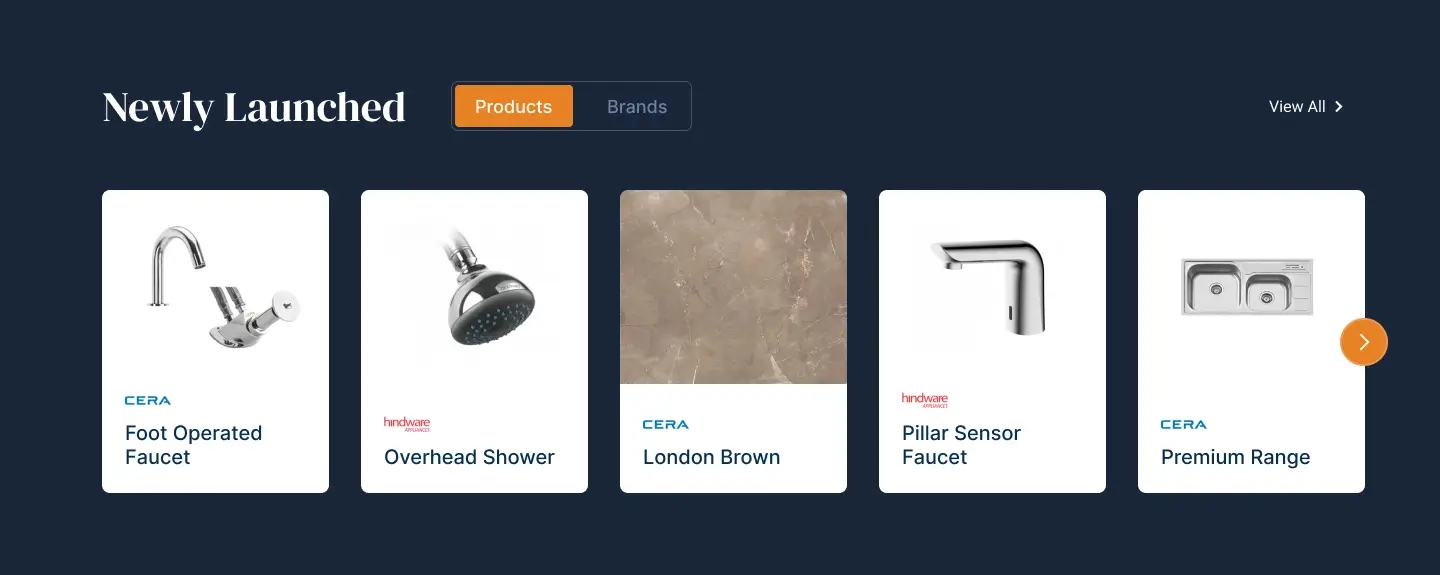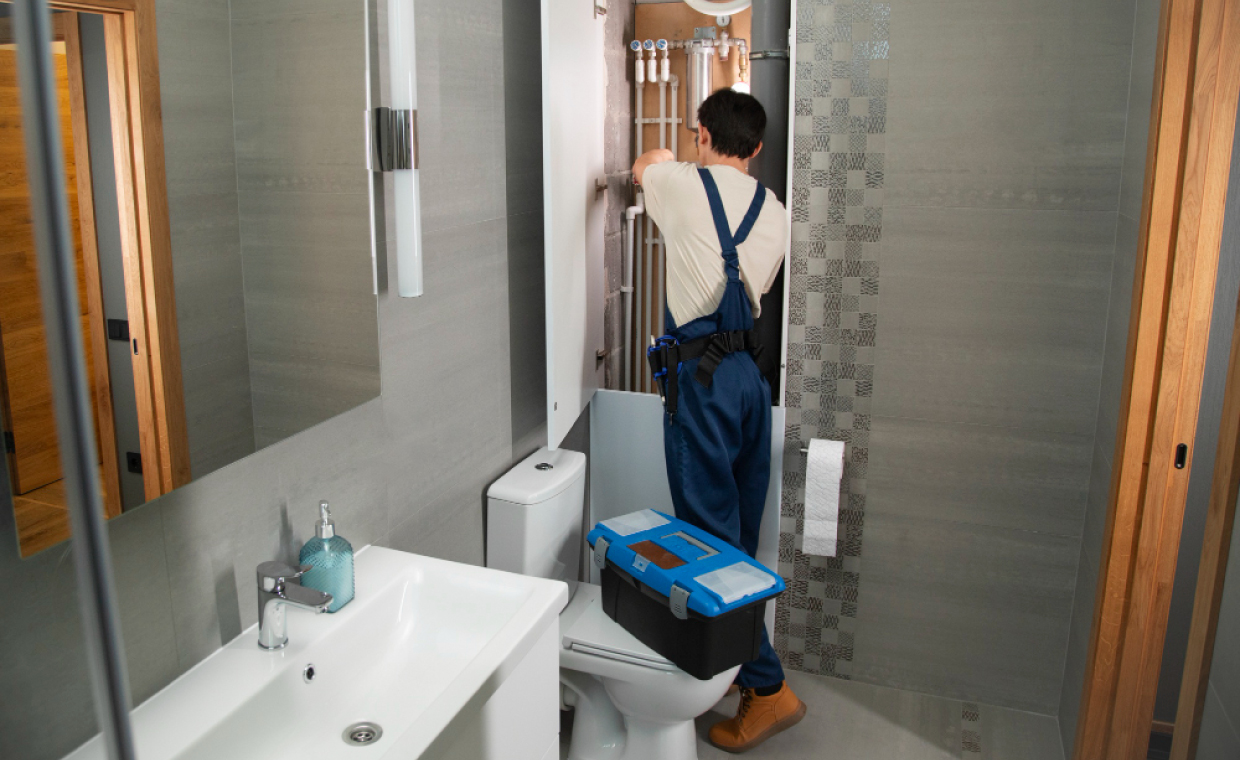
Table of Contents
Construction workers are exposed to a range of health hazards in construction, many of which are invisible yet potentially life-altering. Continuous exposure to hazardous materials in the workplace, such as lead dust, concrete-encrusted clothing, greases, oils, and solvents, not only harms the worker but can also unknowingly contaminate their home environment.
Therefore, it is essential to wear personal protective equipment (PPE) on construction sites and avoid bringing health hazards home, where they can endanger your family! One important concept in occupational safety is the Threshold Limit Value (TLV), which defines the maximum concentration of a substance to which adult workers can be safely exposed daily. Choosing the right safety workwear is vital for protection, as explained in this guide: Selecting Optimal Safety Work Wear for Construction Projects

Must Read:Safety Measures while using Concrete Mixer at Site
What is the Threshold Limit Value (TLV)?

The Threshold Limit Value (TLV) is the maximum average concentration of an airborne hazardous material in the workplace to which a healthy adult worker can be exposed daily without adverse health effects. TLVs are defined by the American Conference of Governmental Industrial Hygienists (ACGIH) and serve as essential benchmarks for occupational exposure limits.
Developed in the 1940s and 1950s through extensive research, the threshold limit values are now widely used across industries to protect workers. TLVs guide industrial practices related to ventilation, biological agents and chemical exposure, thereby enhancing construction site safety. They are essential for maintaining workplace air quality monitoring, chemical substances, biological exposure, and ventilation systems.
Substances monitored under threshold limit value include fumes, mists, gases, vapour, sprays, and dusts. Vapours and gases are measured in parts per million (PPM). Mists, smoke, fumes, and dusts are measured in milligrams per cubic meter.
For a deeper understanding of minimising health risks on construction sites, explore this detailed guide.
How to Minimize Health Risks to Employees at a Construction Site
Factors Influencing TLVs
Threshold Limit Values (TLVs) are influenced by several factors, including the toxicity of the substance, duration of exposure, and the physiological differences among workers. For instance, while TLVs are established for healthy adult workers, individuals with pre-existing health conditions, older workers, or pregnant individuals may experience adverse effects at lower concentrations. These variables reinforce the importance of implementing safety measures for workers, including administrative and engineering controls along with PPE. Therefore, employers should consider additional safety measures or alternative work assignments for vulnerable populations
Incorporating fire-resistant materials is another crucial aspect of workplace safety, as outlined in this comprehensive guide.
Fire-Resistant Materials for Workplace Safety
Categories of TLVs
TLVs are classified into three categories to address different exposure scenarios:
- Time-Weighted Average (TWA): The average concentration of a substance over a standard 8-hour workday or 40-hour workweek.
- Short-Term Exposure Limit (STEL): The concentration a worker can be exposed to for a short period (15 minutes) without experiencing irritation, tissue damage, or long-term health effects.
- Ceiling Limit (C): The concentration that must not be exceeded at any time during exposure.
Compliance and Monitoring
Consistent workplace air quality monitoring is vital to ensure TLVs are not breached. Employers must use calibrated equipment to measure airborne contaminants and maintain records of exposure levels. Providing training to workers about TLVs and how to minimize exposure is an essential aspect of workplace safety programs.
FAQs Related to Threshold Limit Value
1. How Often Should Workplace Air Quality Be Monitored for Hazardous Materials?
Workplace air quality should be monitored at regular intervals, especially when introducing new materials or processes, or if workers report symptoms consistent with exposure to hazardous substances.
2. What Should Workers Do If They Suspect Overexposure to A Hazardous Substance?
Workers should immediately report the issue to their supervisor, seek medical evaluation, and avoid further exposure until the air quality is confirmed safe.
3. Are TLVs the Same Globally?
No, TLVs may vary between countries based on local regulations and research. For example, the United States follows the ACGIH guidelines, while other countries might have their own occupational safety standards.
4. Can PPE Alone Ensure Protection Against Hazardous Materials?
No, while personal protective equipment is critical, it is just one layer of protection. Engineering controls, such as proper ventilation, and administrative controls, such as limiting exposure time, are equally important.
5. What Are the Consequences Of Not Adhering to TLVs In a Workplace?
Failure to adhere to TLVs can result in acute or chronic health issues for workers, increased absenteeism, legal penalties for employers, and potential workplace accidents due to impaired worker health.
Also Read: Construction Safety Tips for Workers’ Well-Being
References
ACGIH. (n.d.) TLV chemical substances introduction. Available at: https://www.acgih.org/science/tlv-bei-guidelines/tlv-chemical-substances-introduction/
NOAA. (n.d.) Threshold limit values (TLVs). Available at: https://response.restoration.noaa.gov/oil-and-chemical-spills/chemical-spills/threshold-limit-values-tlvs






























